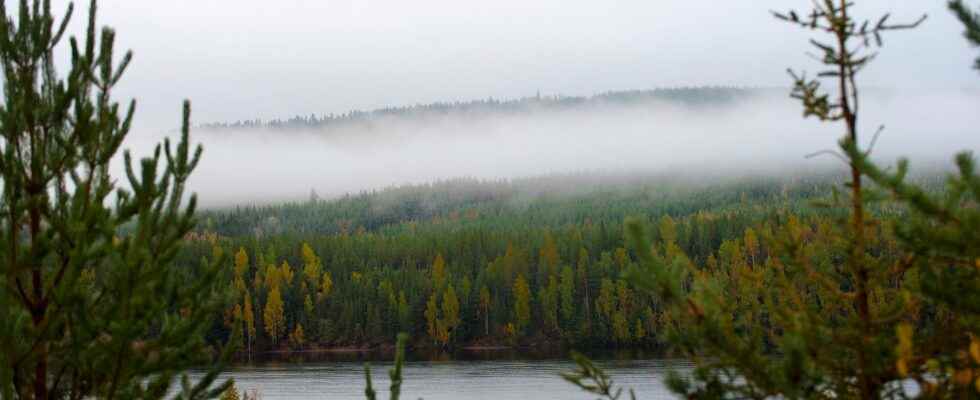Published: Just now
Even relatively small temperature increases can fundamentally change the northern coniferous forests. An increase in the average temperature of 1.6 degrees Celsius risks leading to reduced growth and increased mortality.
This is evident from a new study published in Nature. In the study, the researchers, who are active in the USA and Australia, studied the development over five years of 4,600 seedlings of nine different species of trees planted in northeastern Minnesota in the USA. The majority were conifers, i.e. those that dominate the northern forests of North America and Eurasia.
The plants were exposed to different temperatures using heat lamps and underground electrical cables. Tarpaulins were also put there to catch rainwater; this to control rainfall amounts. The intention was that the trees would receive the amount of rain that can be expected in the future when the climate changes.
Uncertain future
Results: Survival dropped sharply for all nine species, as did growth. It suggests that the agreement in Paris in 2015 to try to stop the temperature increase to no more than 1.5 degrees, is not enough to prevent major changes in the northern coniferous forests.
The researchers point out that this could mean losses of biological diversity. Coniferous forests’ ability to absorb carbon dioxide can also deteriorate.
Favored certain deciduous trees
A lot depends on what can possibly replace the conifers if they disappear. In the study, it became clear that the warming benefited certain deciduous trees, for example maples and oaks. Such species are currently rare in the north, but common in forests further south.
They may possibly take over the ecosystems when the conifers retreat, but no one knows for sure what the composition of the plants will be when the heat rises.
Facts
Northern forests
Coniferous forests consisting of various species of pines, firs and larches cover a very large part, 19 million square kilometers, of the northern region south of the tundras of North America and Eurasia. That’s an area as big as the United States and Canada combined.
The plant and animal life is species-poor. In Siberia, northern Alaska and northern Canada there is permafrost, i.e. permanently frozen ground that only partially thaws during the summer.
Source: NE
Read more
